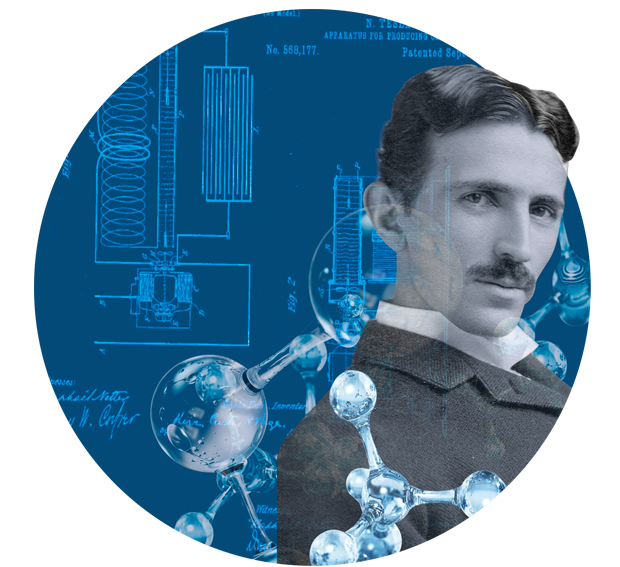
WHAT IS OZONE?
Ozone: an allotrope of oxygen, symbol O3

Ozone is a bluish gas found in small quantities in the air and which protects us from ultraviolet rays. It is found in modest quantities at ground level, but reaches levels 10 times greater in the stratosphere (the second of the five layers in which we typically divide our atmosphere).
How does ozone (O3) form?

It is constantly being formed in the upper atmosphere as ultraviolet rays from the sun act on the oxygen in the air and also by lightning during a thunderstorm (from which it gets its distinctive odor).
The thickness of the ozone layer varies periodically with the seasons and with the solar cycle. The sun’s rays increase ozone production, so the ozone layer is thinner in winter and at night due to the lack of sunlight.

HISTORY
Homer wrote of ozone in his Odyssey, so we have known of it since the antiquity. In 1839, Christian Friedrich Schönbein isolated ozone for the first time
and Nikola Tesla patented the first portable ozone generator in the United States in 1896.

Following the production of more technically advanced equipment able to produce clean ozone, the first works were published on the therapeutic use of ozone on humans.
In medicine, ozone-based therapy (ozone therapy) has been used for therapeutic purposes since the early 1900s. During World War I, the disinfectant properties of ozone were used to treat gangrene and infections in gunshot wounds.
In other countries, such as Germany and Switzerland, oxygen/ozone therapy has been used successfully for around 50 years. In Italy, the Scientific Society for Oxygen/Ozone Therapy (SIOOT) was founded in 1983 and now has some 2,500 members. The association’s mission is to support research, development and the application of this therapy.

Ozone is often mentioned in relation to concerns surrounding the gradual thinning of the ozone layer in the Earth’s atmosphere, the infamous “ozone hole”. The stratosphere acts as a buffer against the ultraviolet rays of the sun, keeping the majority of these rays from reaching us here on the surface, so this gas is fundamental to life on Earth. Without it, ultraviolet rays would not be filtered and would reach the surface in vast quantities, which would have major consequences on both the environment and on our health and very survival.

